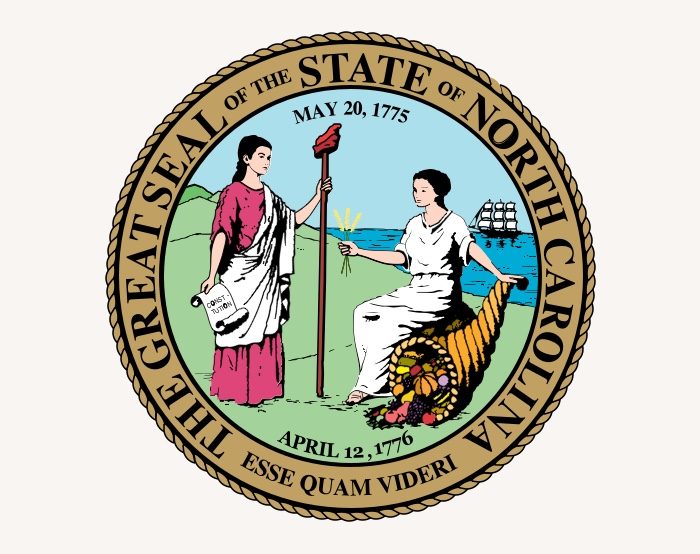On January 27, 2023, the Federal Reserve rejected Custodia’s August 2021 application to be a Federal Reserve member bank. On the same day, the Kansas City Federal Reserve denied Custodia’s October 2020 application for a Federal Reserve master account.
Custodia holds a new type of bank charter created by the Wyoming state legislature. This charter is known as a “Special Purpose Depository Institution” or “SPDI.” SPDIs are depository institutions that do not lend money, but receive deposits, offer custody services, asset management, etc. They were designed to focus on digital assets, but they may offer services for traditional assets as well. A SPDI is subject to the same capital requirements as traditional banks; however, unlike traditional banks, they cannot lend customer fiat deposits and must maintain 100% of these deposits in unencumbered reserves. Given this reserve requirement, SPDIs are not required to obtain FDIC insurance. Additionally, Custodia does not hold any customer deposits in digital assets; it only holds deposits in fiat currency. Digital assets are held in a separate trust department to ensure separation from customer deposits. With the ability to provide services covering both digital and traditional assets, Custodia refers to this bank charter as a “bridge” between the two markets by providing customers the ability to use cryptocurrency to make direct payments, investments, etc., without having to first convert their tokens into fiat currency.
While Custodia asserts the functioning of its bank is in line with the Federal Reserve Act, the Federal Reserve has expressed concerns over the interaction between traditional and crypto markets. A master account would provide Custodia with direct access to the Federal Reserve’s “FedNow” network, which is the Federal Reserve’s real-time settlement funds transfer system. The goals of Custodia’s application were to gain direct access to the Federal Reserve, reduce costs, and become a “compliant bridge between digital assets and the United States dollar payment system.” However, the creation of this “bridge” poses unknown questions surrounding the degree of contagion that could potentially occur between digital assets and traditional markets. According to the Joint Statement on Crypto-Asset Risks to Banking Organizations, (“Joint Statement”)[1], the principal areas of concern for bank regulators include legal uncertainties surrounding custody and ownership rights, volatility within cryptocurrency markets, proper disclosure mechanisms, contagion risk to the financial markets, and proper risk management.
These concerns align with feedback accompanying the Federal Reserve’s rejection of Custodia’s member bank application. The Federal Reserve stated “Custodia’s risk management framework was insufficient to address concerns regarding the heightened risks associated with its proposed crypto activities, including its ability to mitigate money laundering and terrorism financing risks.” Neither further elaboration nor specific instructions on remedying this deficiency were provided in the press release. Aside from language in the Joint Statement stating that “issuing or holding as principal crypto-assets that are issued, stored, or transferred on an open, public, and/or decentralized network, or similar system is highly likely to be inconsistent with safe and sound banking practices,” there are not clear outlines around specific permissible crypto activities at this time. The banking agencies are continuing to discuss how such crypto activities can be conducted in a safe and sound manner. However, for banks seeking to become involved with crypto-asset activities, the concerns outlined in the Joint Statement may foreshadow focuses of upcoming regulation. Thus, prior to additional instruction by the agencies, financial institutions interested in crypto-activities should focus on strengthening internal controls, proper risk management systems, thorough protections against the risk of illicit activity, and providing proper notification to regulatory authorities.
[1] Joint Statement on Crypto-Asset Risks to Banking Organizations, Board of Governors of the Federal Reserve System, FDIC, and OCC (Jan. 3, 2023).


